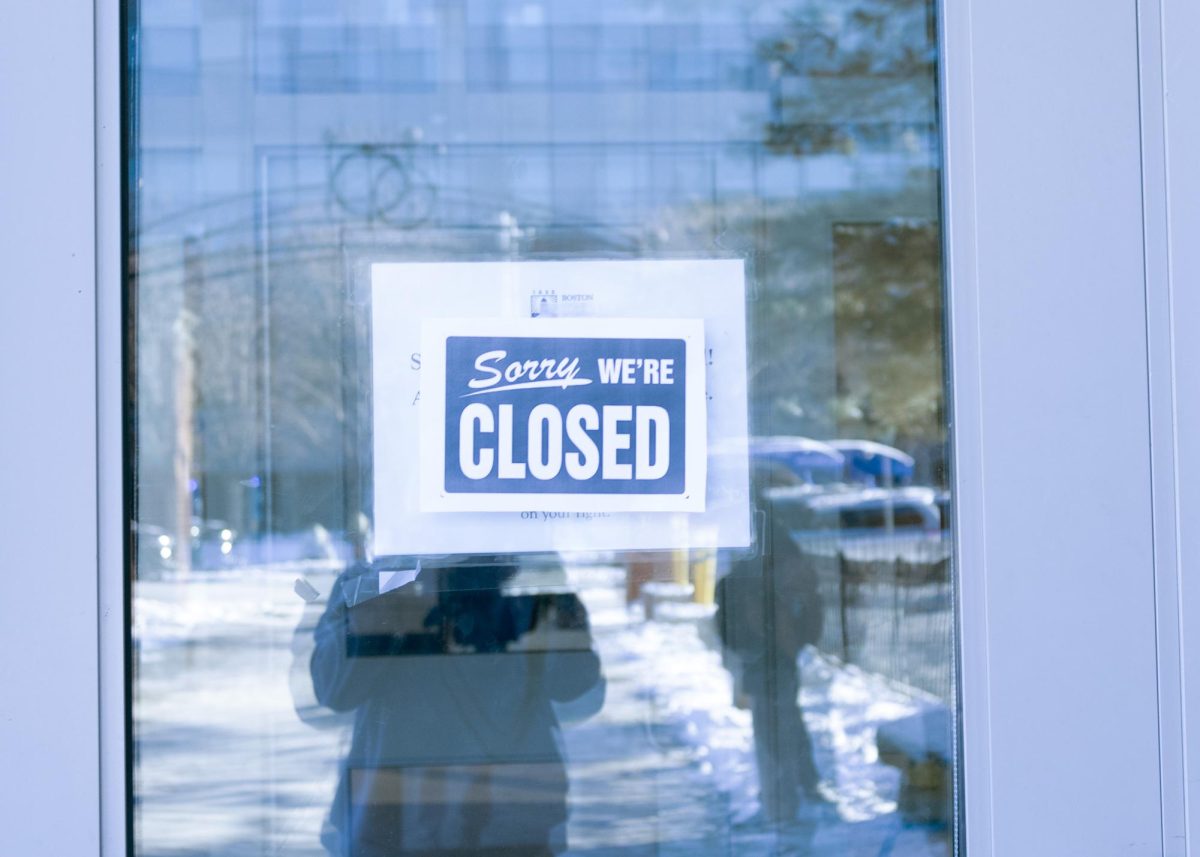Boston Public Schools Superintendent Mary Skipper, with the support of Mayor Michelle Wu, recently announced the closure of four schools: Community Academy in Jamaica Plains, Dever Elementary School in Dorchester, Excel High School in South Boston and Mary Lyon Pilot High School in Brighton. This decision was based on a long-term facilities plan that aims to provide the BPS community with improved learning and teaching environments. With declining enrollment, closing schools and consolidating resources would enhance the quality of education of the remaining schools.
The average cost nationally that schools spend on each student is around 16,000 dollars. Schools in Massachusetts, however, typically spend more. According to a 2022 report from the Massachusetts Department of Elementary and Secondary Education, districts such as Lexington, Worcester and Newton spend about 23,000 dollars per student. Boston, moreover, spends about 30,106 dollars per student, almost double the nation’s average.
The budget is allocated to many different expenses, including building facilities, heating, staffing salaries, food services and transportation. BPS’s larger budget often results from spending excessive money on schools that are unable to offer quality education rather than supporting institutions that can.
According to the Boston Teachers Union, about 96 BPS schools are without ventilation systems, and since 1980, only eight of Boston’s 23 neighborhoods have built new buildings. Without ventilation and other basic necessities, it is difficult to maintain sufficient quality of learning and health for students and teachers. Skipper described how the selection of which schools to close was influenced by factors such as low enrollment, underutilized space and the inability to provide sufficient education for students.
Vinson Ngo (IV) notes, “Even at [Boston Latin School], we see constant problems with bathrooms, the heater not turning on some days and not the best cafeteria food.” Although BLS is one of the most highly-funded schools in the district, many students who attend still complain about the condition of school facilities. Instead of spending money on empty, dilapidated buildings, BPS could be using its resources for schools that have produced excellent education for its students.
Another reason that school closures are necessary is because student enrollment is declining. Head of School Jason Gallagher, explains, “Because the number of students in BPS has declined by 8,000 students over the past decade, there are schools that are under-enrolled and therefore cannot offer everything that a school should be able to offer to make the experience a great one for students.” The BPS budget is not able to support the high costs of running under-enrolled schools that are unable to provide quality education, making school closures an important step in allocating resources efficiently.
Although many benefits will come from these schools shutting down, many local BPS students have concerns. These school closures will interfere with students and their families’ daily lives. New routes for public transit must be arranged, and students must adjust to the culture of a new school environment. “Integrating into a new school isn’t easy and can definitely affect students’ confidence and well-being, as well as adapting to a new curriculum,” explains Justin Huang (IV).
Many communities in which schools will be closing are being forced to face changes, so students and families throughout the district worry that these closures will disrupt not only their education, but also the sense of community that the schools have fostered for students. Sheldon Bol (IV), a BLS student from South Boston, reflects, “I think that the closing of Excel High School is a huge loss to the whole community of South Boston. Our schools are the building blocks for teenagers, and losing these schools only hinders the development of these students.”
While disappointment and controversy are inevitable, these closures are necessary for the district as a whole to evolve. As BPS proceeds with its plans, these closures offer an opportunity for the district to finally address long-overdue infrastructure issues and effectively focus its resources on enhancing the quality of education. Head of School Jason Gallagher remarks, “My hope is that BPS will work closely with families to ensure they have access to a quality school close to their home […] I have faith that the BPS team will step up and help these students and families.”
Although the transition will be challenging for affected communities, these school closures are utlimately a crucial step toward a brighter future for Boston’s educational system.
Categories:
Consolidation is Key: Close Dilapidated BPS Schools
By Elaine Lin (IV) & Bella Zhao (V), Contributing Writers
February 9, 2025
0








